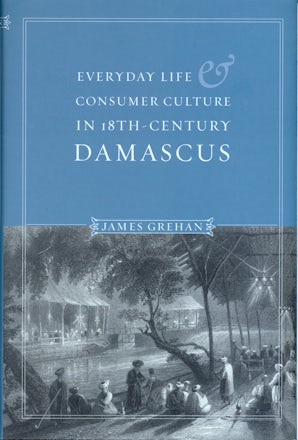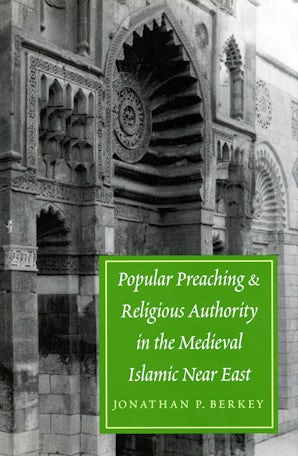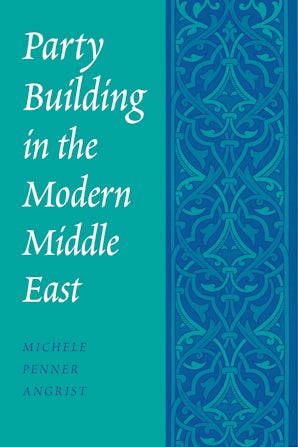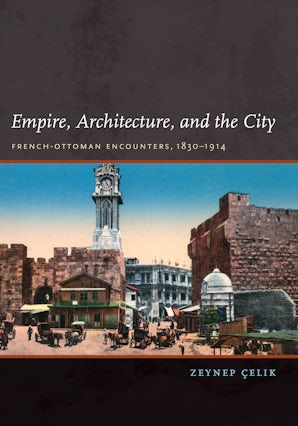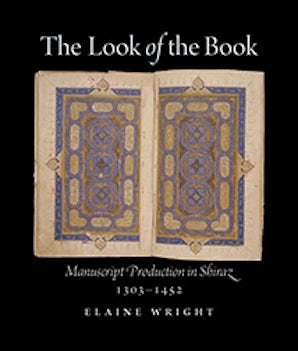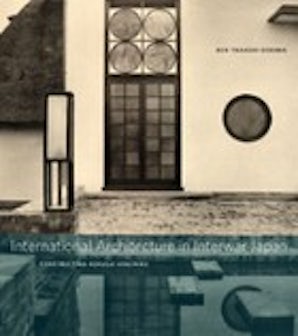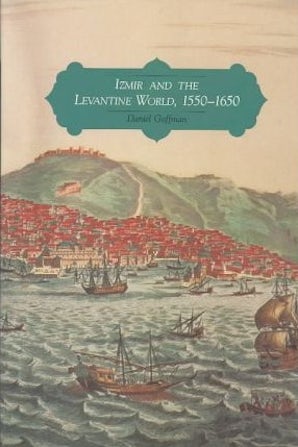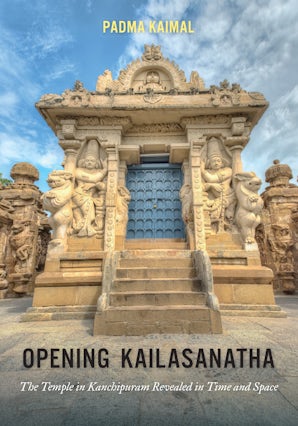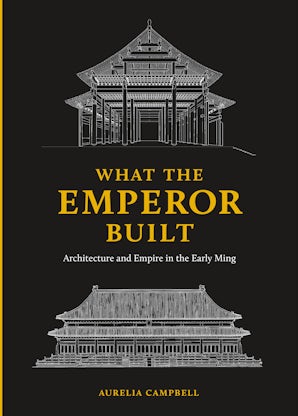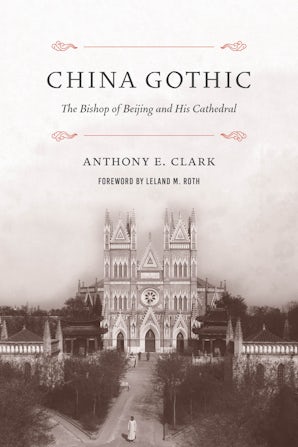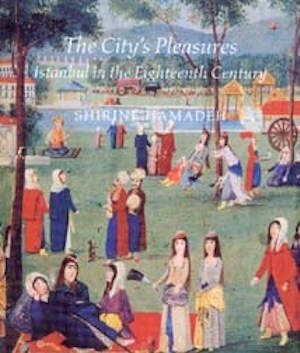
The City’s Pleasures
Istanbul in the Eighteenth Century
- PUBLISHED: November 2007
- BIBLIOGRAPHIC INFORMATION: 368 Pages, 9 x 10.5 in, 105 illus., 8 in color
- SERIES: Publications on the Near East
- ISBN: 9780295986678
- Publisher: University of Washington Press
Description
The City's Pleasures is the first historical investigation of the tremendous changes that affected the fabric and architecture of Istanbul in the century that followed the decisive return of the Ottoman court to the capital in 1703. These were spectacular times that witnessed the most extraordinary urban expansion and building explosion in the history of the city. Showing how architecture and urban form became involved in the representation and construction of a changing social order, Shirine Hamadeh reassesses the dominance of the paradigm of Westernization in interpretations of this period and challenges the suggestion that change in the eighteenth century could only occur by turning toward a now superior West. Drawing on a genre of Ottoman poetry written in celebration of the built environment and on a vast array of related textual and visual sources, Hamadeh demonstrates that architectural change was the result of a dynamic synthesis between internal and external factors, and closely mirrored the process of décloisonnement of the city's social landscape.
Examining novel forms, spaces, and decorative vocabularies; changing patterns of patronage; and new patterns of architectural perception; The City's Pleasures shows how these exposed and reinforced the internal dynamics that were played out between a society in flux and a state anxious to recreate an ideal system of social hierarchies. Profoundly hybrid in nature, the new architectural idiom reflected a growing permeability between elite and middle-class sensibilities, an unprecedented degree of receptivity to Western and Eastern foreign traditions, and a clear departure from the parameters of the classical canon. Innovation became the new operative doctrine. As the built environment was experienced, perceived, and appreciated by contemporary observers, it increasingly revealed itself as a perpetual source of sensory pleasures.
Authors & Contributors
Shirine Hamadeh is assistant professor of art history at Rice University.
Contents
Note on Transliteration
Acknowledgments
Introduction
1 The Conquest of the Bosphorus
2 Architecture, Ceremonial, and Exhibitionism
3 Splash and Spectacle
4 Public Spaces and Public Order
5 In and Out of the Poetic Canon
6 Building Histories in Verse
7 Fruits, Flowers, and Sensory Pleasures
8 East, West, and the Appeal of Novelty
Conclusion
Notes
Glossary
Selected Bibliography
Index
Reviews
The City's Pleasures explores a later era that has attracted less attention . . . Hamadeh defines the character of a period through its buildings. Especially noteworthy is her use of poetry and building inscriptions.
- Robert S. Nelson, Art BulletinThe City's Pleasures is an accomplished and important contribution to Ottoman history, art history, urban studies, and early modern studies in general. Scholars and students from these different fields will benefit from its innovative research, clear and compelling narrative, and convincing revisions of old perceptions of Ottoman stagnation and the supposed allure of the 'West.'.
- Eighteenth- Century StudiesHer book is beautiful: wonderfully illustrated with reproductions of dozens of Ottoman miniatures from the most precious collections worldwide. But it is also an important contribution to scholarly reflection on Ottoman architecture and court art . . . Hamadeh's book is a crucial contribution to the deconstruction of dominant narratives.
- American Historical ReviewLavishly illustrated . . . . a consummate treatment that allows us to imagine ourselves as denizens of eighteenth-century Istanbul.
- Times Literary Supplement(Hamadeh's) argument is convincingly supported by careful attention to written and visual evidence and, most tellingly, to poetry such as adorns the fountains that still beautify the city.
- CornucopiaThe book bridges a gap in the historiography and is an important contribution to the literature on Ottoman (and broader Islamic) architecture and urbanism. A wider audience will find it valuable, as it adds an important counterpoint to studies of early modern aristocratic villa and garden cultures, and to studies of parallel trends in eighteenth-century Europe.
- Journal of the Society of Architectural HistoriansShirine Hamadeh has achieved a perfect fusion of accessible narrative, illuminating quotation, and illustration that makes this large-format book a gem.
- ForeWordHamadeh's rich, multilayered, and multifaceted analysis of Istanbul's changing urban landscape in the eighteenth century will be a cornerstone for further work on Ottoman architectural and urban history, and for scholarship on eighteenth-century culture more broadly.
- Eighteenth-Century LifeAdvance Praise
Shirine Hamadeh is one of the most brilliant Islamic scholars of her generation.
- Gulru Necipoglu, Aga Khan Professor of Islamic Art and Architecture, Harvard UniversityThe City's Pleasures masquerades as a book on eighteenth—century architecture in Istanbul, but it is, in fact, far more than that. It is, as the title suggests, a glimpse of a broad spectrum of life in the Ottoman capital during one of its most productive and lively periods through the lens of architecture.
- Walter G. Andrews, University of WashingtonShirine Hamadeh offers compelling discussions of the conceptualization of urban/public space, the relationship between courtly and popular canons, the emergence of a leisure class with new tastes and aesthetic sensibilities, and the artistic exchanges between Europe and the Ottoman Empire in the eighteenth century.
- Sibel Bozdogan, Harvard University and Bilgi University, IstanbulThe City's Pleasures masquerades as a book on eighteenth-century architecture in Istanbul, but it is, in fact, far more than that. It is, as the title suggests, a glimpse of a broad spectrum of life in the Ottoman capital during one of its most productive and lively periods through the lens of architecture.
- Walter G. Andrews, University of Washington